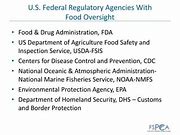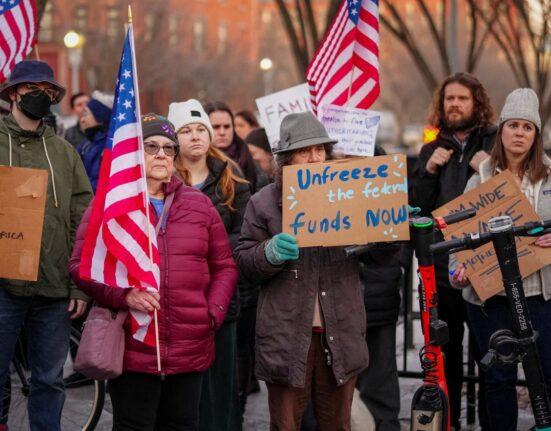How safe is the food we consume daily? It’s a question that has been lingering on many minds, especially with recent cutbacks in federal agencies responsible for ensuring the safety of our food. One particular concern revolves around the inspection and monitoring of food products to prevent contamination and outbreaks.
Meet Paula Soldner, a seasoned inspector who meticulously checked meat and poultry plants across southern Wisconsin for nearly four decades. Her job entailed daily visits to factories, verifying that hygiene protocols were followed diligently. Her approval granted these facilities the coveted “USDA inspected
” label, assuring consumers of quality and safety.
However, with significant reductions in federal funding leading to staff shortages and increased workloads for existing inspectors, doubts are arising about the thoroughness of these inspections. Soldner herself highlights this issue, questioning if all plants receive the necessary daily checks amidst strained resources.
In light of recent incidents like the listeria outbreak in Boar’s Head deli meats that claimed lives and caused illness last year, Soldner expresses genuine concern: “
Do I foresee another Boar’s Head situation? Absolutely. I worry about the public.”
Experts specializing in food safety echo these worries, pointing out that drastic budget cuts under previous administrations have severely impacted crucial agencies like the Food and Drug Administration (FDA), Department of Agriculture (USDA), and Centers for Disease Control and Prevention (CDC). These agencies play a vital role in coordinating efforts to monitor and safeguard our food supply chain.
Sarah Sorscher from the Center for Science in the Public Interest emphasizes how recent workforce reductions have eroded expertise within these agencies, raising alarms about their ability to respond effectively to potential threats. She also raises flags regarding policy shifts that could compromise established safety regulations.
The situation is further exacerbated by operational changes within these agencies as they grapple with resource constraints. While official statements emphasize an unwavering commitment to food safety, reports suggest internal challenges such as early retirements being encouraged among inspectors or closures of essential testing labs due to budget constraints.
Steven Mandernach from the Association of Food and Drug Officials draws attention to risks at state and local levels due to dwindling CDC support for critical programs. He underscores how reduced funding impacts public notifications during outbreaks or hampers efforts to swiftly remove contaminated products from circulation—essential steps in safeguarding consumer health.
As concerns mount over potential gaps in oversight mechanisms designed to protect consumers from harmful pathogens or contaminants lurking in everyday foods—from fresh produce to processed meats—the need for sustained vigilance and robust regulatory frameworks becomes more apparent than ever before.
While assurances are made regarding ongoing surveillance efforts at federal levels despite adversities faced, there remains a palpable sense of unease among experts regarding the resilience of our current food safety infrastructure—a reminder that constant diligence is imperative when it comes to preserving public health through secure food practices.









Leave feedback about this